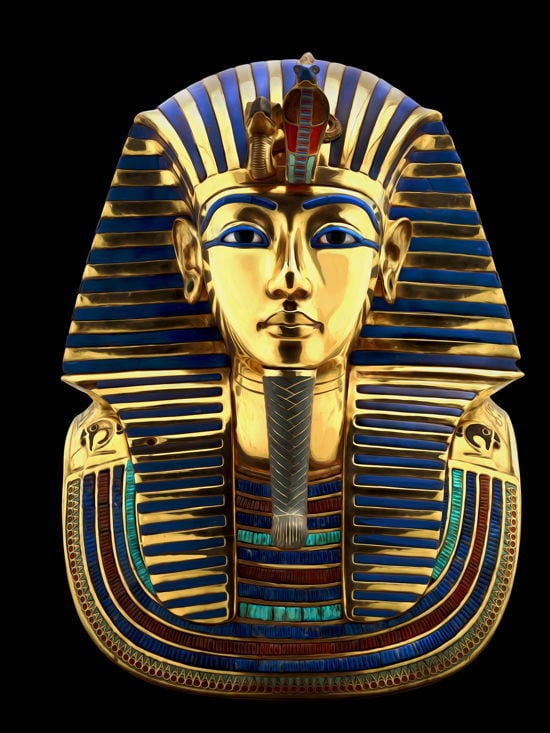Famous Family Incest Stories: King Tut

Image Source: MultiVu
When the tomb of King Tutankhamun–likely the most widely known figure in the history of ancient Egypt–was discovered in 1922, extensive press coverage made the handsome, shining likeness of the pharaoh’s face, featured on his sarcophagus, internationally famous.
Until recently, Tutankhamun’s cause of death had been a mystery. Historians speculated that his short life might have ended in a tragic chariot accident or even murder, but recent scientific research claims otherwise.
A virtual autopsy, using more than 2,000 scans of Tutankhamun’s mummy, reveal a more accurate image of the 19-year-old’s body.

One of the virtual autopsy scans of Tutankhamun’s body.
Despite his iconography, wide feminine hips, a pronounced overbite, and a clubfoot are some of Tutankhamun’s actual physical features.
The cause? DNA analysis reveals that he was the product of incest. Because of this, he also suffered from temporal lobe epilepsy, malaria, and the extremely painful Kohler disease—all of which may have ultimately led to his death.
Incest was encouraged within the Egyptian royal families to maintain purity within the bloodline. As the evidence shows, the congenital side effects of incest can be devastating.
Further proof: Tutanhkamun was himself in an incestuous marriage with his half-sister Ankhesenamun. She bore two stillborn daughters.




